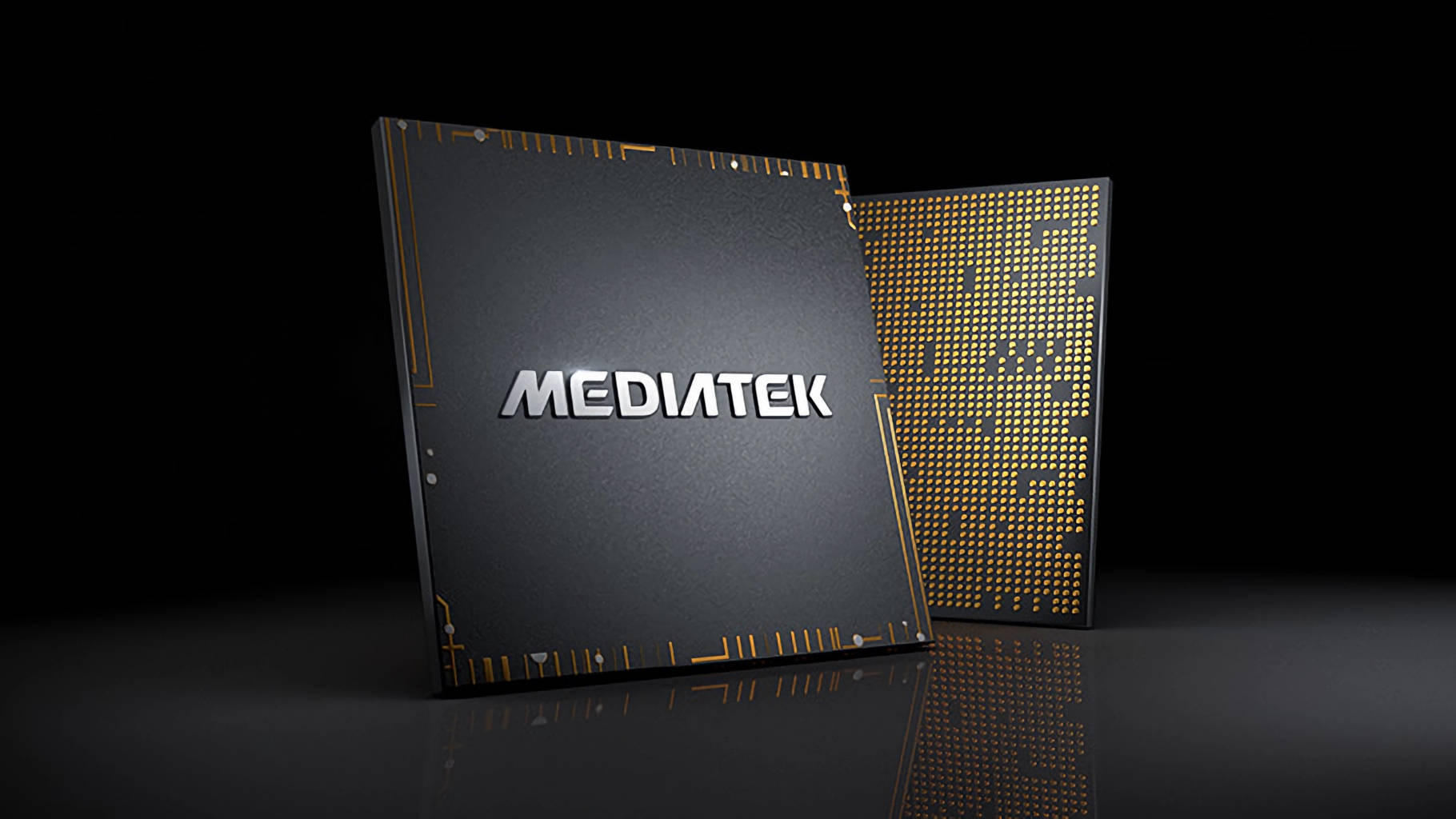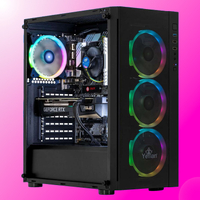MediaTek and Nvidia are gearing up to tackle the AI PC market hand-in-hand, with an all-new chip
It's like the 1990s golden age all over again when you had more than two CPU vendors to choose from.

This is a story that's been brewing for a while and we've been expecting Nvidia to develop an Arm APU for PCs for quite some time now. However, events have taken an interesting turn, with claims that the chip is being created in collaboration with MediaTek and could be ready for shipping in 2025.
That's according to a report by Taiwan newspaper United Daily News (UDN), in which it states that the overall design has already been finalized, with full completion being achieved by the end of 2024. MediaTek and Nvidia have previously worked on automotive chips and even developed a preliminary reference laptop specification back in 2021.
Nvidia has a long history with Arm, with its Tegra SoC (system-on-chip) range combining Arm Cortex cores and various GPU architectures. Nintendo chose the 2015 Tegra X1 to power its Switch console and is expected to do the same for the handheld's successor, using one of the latest Tegra models or a custom variant.
But why would Nvidia and MediaTek be choosing to enter the PC market now, rather than sticking to other markets? First of all, 2024 has (unofficially) become the year of the AI PC, if one is to believe AMD, Intel, and Microsoft—they're all on board with AI, either in the form of NPU (neural processing units) or generative AI software tools. Nvidia is very much an artificial intelligence company these days, earning billions of dollars every quarter from sales of its H100 mega-chips. So, naturally, it will be wanting a healthy slice of the new AI PC market.
2024 is also (unofficially) the year of Arm chips for PCs. There has long been an exclusivity agreement between Qualcomm and Microsoft around the CPUs for Windows on Arm PCs, and it's been rumoured that will expire in 2024. With that gone it should lead to a host of potential entrants into the PC market, now that x86 isn't the only CPU game in town for the Microsoft OS.
Qualcomm is MediaTek's immediate rival and has already thrown down the AI PC gauntlet itself, in the form of its Arm-powered Snapdragon X Elite processor. Both companies are more famous for smartphone chipsets, but the market isn't showing signs that it can grow significantly, although it's not exactly stagnating either. PC sales have been rather poor of late, but that situation is expected to improve over the next 12 months.
As to what we can expect from MediaTek and Nvidia is unclear at this stage, though UDN reports that the chip will be manufactured by TSMC, using its N3 process node, and that the unit price could be as high as $300. I suspect that these will only be sold directly to OEM and system builders, for laptops and NUC PCs.
The biggest gaming news, reviews and hardware deals
Keep up to date with the most important stories and the best deals, as picked by the PC Gamer team.
What you'll get for the money, compared to APUs from AMD and Qualcomm is anyone's guess but I think it's safe to assume that it will have a low power consumption (probably less than 60 W for the biggest variant and around 30 W for the mainstream models), between 8 and sixteen Arm CPU cores, and a GPU that's more than good enough to cope with 1080p gaming.
One thing is certain, though. If Intel was hoping to have an easy time of things holding on to its dominance of the PC market, then it will need to have something special lined up to combat what AMD, Qualcomm, and now MediaTek-Nvidia are bringing to the table. More competition is good news for us because not only do we get more choices, but it should also result in more palatable prices. Well, one can hope, at the very least.
Best gaming PC: The top pre-built machines.
Best gaming laptop: Great devices for mobile gaming.

Nick, gaming, and computers all first met in 1981, with the love affair starting on a Sinclair ZX81 in kit form and a book on ZX Basic. He ended up becoming a physics and IT teacher, but by the late 1990s decided it was time to cut his teeth writing for a long defunct UK tech site. He went on to do the same at Madonion, helping to write the help files for 3DMark and PCMark. After a short stint working at Beyond3D.com, Nick joined Futuremark (MadOnion rebranded) full-time, as editor-in-chief for its gaming and hardware section, YouGamers. After the site shutdown, he became an engineering and computing lecturer for many years, but missed the writing bug. Cue four years at TechSpot.com and over 100 long articles on anything and everything. He freely admits to being far too obsessed with GPUs and open world grindy RPGs, but who isn't these days?


